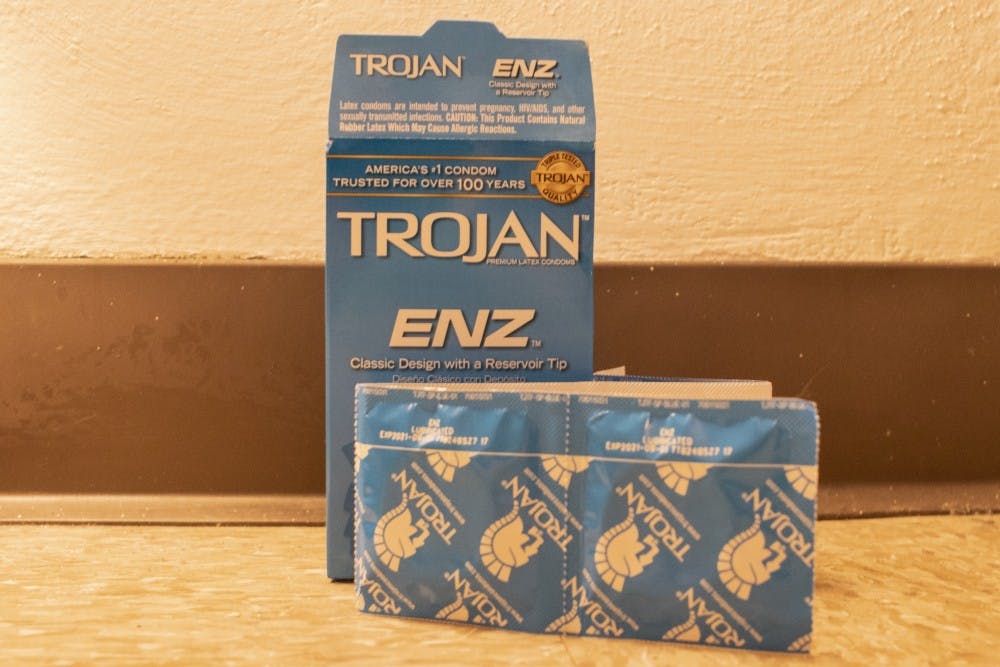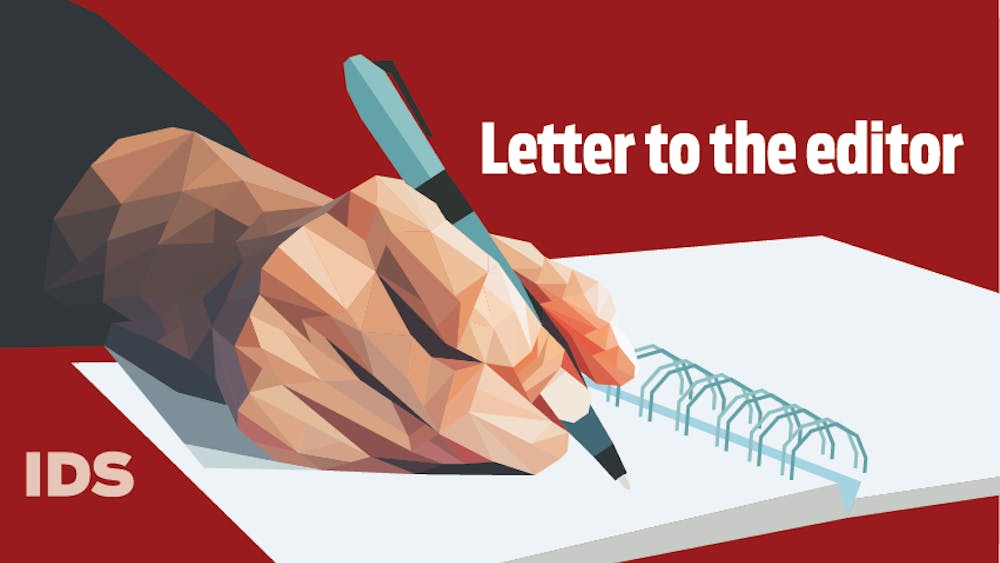Growing up gay, I never had an experience through my school’s sex education classes that represented my sexual orientation.
I often sat through sex education class disinterested and confused as to why there was no material other than heterosexual sex education. I could not relate to any of the material being presented to me.
I was not the only one who sat through class feeling this way. Many LGBTQ students have had similar experiences throughout high school.
LGBTQ students are disproportionately affected by current sex education standards.
As of 2015, at least 1.3 million high school students identify as lesbian, gay or bisexual.
The Gay, Lesbian and Straight Education Network is an organization that fights for LGBTQ students’ rights to equal education within schools. According to its report, fewer than 20% of high schools incorporate nonheterosexual sex education.
If LGBTQ students are not being taught how to have safe sex, they are inevitably put at much higher risks than their heterosexual peers.
The Center for Disease Control and Prevention indicates that students of sexual orientation minorities are more likely to have mental health issues as well as more likely to contract sexually transmitted diseases.
Since there are increased risks for sexual and mental health issues in this student group, it would make sense to start including comprehensive materials for LGBTQ students.
I would have felt more accepted if my school would have included sex education that had some tailored information toward same-sex relationships.
Inclusion in sex education would lead LGBTQ students to feel more accepted and to be more intelligent about sexually transmitted diseases and safe sex practices.
Instead, I felt isolated from my heterosexual peers since I could not relate to the educational material.
Sex education is in dire need of reform due to a lack of consistency across standards.
“Sex education is only legally mandated in 22 states plus the District of Columbia. Of these, only 12 mandate teaching about contraception, and only 7 require that the information be medically accurate," according to the Center for American Progress.
With such wide variation of what is expected, sex education is not accurately teaching students about safe sex whatsoever, let alone safe sex for same-sex couples.
Public support could start leading to changes. According to the Human Rights Campaign, 85% of interviewed parents agreed that high school sex education should include talking about same-sex relationships,
This large percentage of parents supporting inclusive sex education is a step in the right direction.
California has also taken steps in this direction recently. According to the Mercury News, the CaliforniaBoard of Education decided to make its statewide sex education framework inclusive of LGBTQ students in accordance with the California Healthy Youth Act.
Although there was opposition to the inclusion of same-sex couples, California still voted to change California’s sexual education regulation. However, it does not force schools to use the framework's texts.
Sex education laws nationwide have not followed suit yet, but hopefully this recent change of California’s law will influence a change in federal law.
Every student deserves inclusive education, and it’s time to finally have sex education include the LGBTQ student population.






